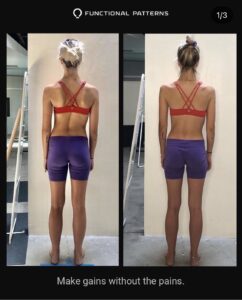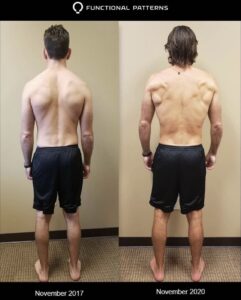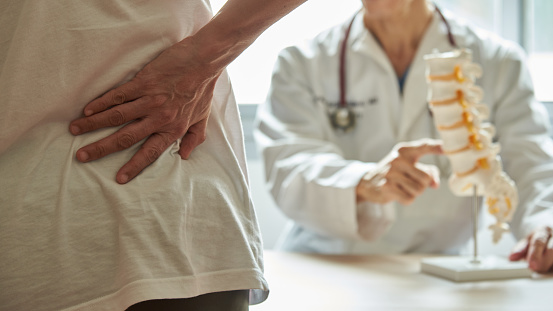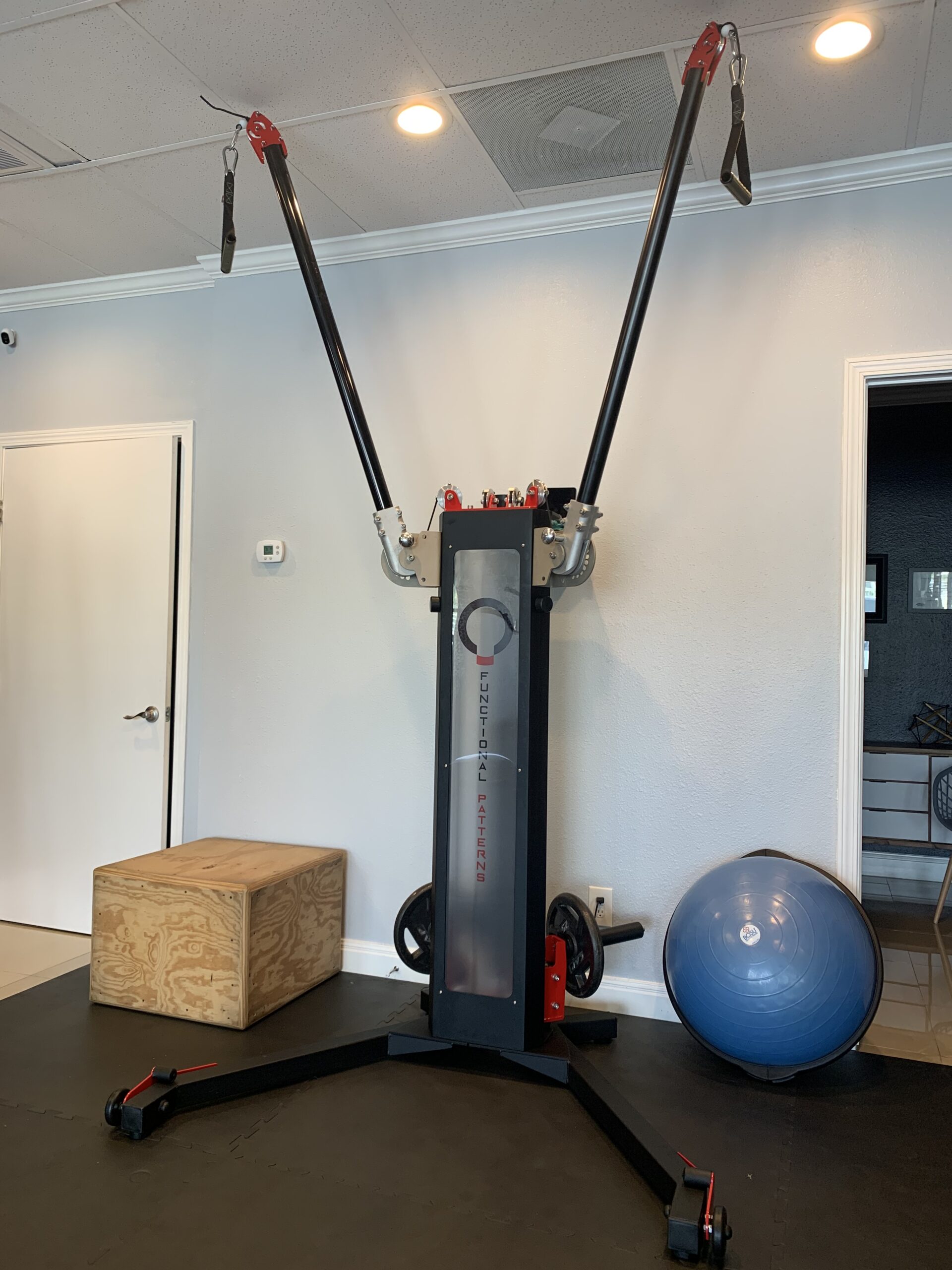Confession time, I didn’t know how to exercise when I was growing up. The exercise habits I learned on my own, from fitness magazines, athletic coaches, and even other trainers, and exercise programs started ingraining dysfunction on my body and the result was aches and pains… in my early 20’s.
I finally realized if I continued down the path I was on, surely I would need a joint replacement, back surgery, or I would become crippled and unable to function the way I wanted to. I admit, what I learned about fitness and how I started training clients was not conducive to mine, nor their, overall fitness and wellbeing.
I had to wise up and humble myself, because I didn’t know everything and I had to learn more. For my health’s sake and the health and fitness of my clients if I wanted them to stick around and achieve the results I knew were possible with the right kind of training.
Through ups and downs of trial and error I finally found Functional Patterns, a training system for humans! And if you practice FP, or if you’ve ever had a chance to try it with a practitioner, you know that it is all encompassing. Training that is mentally overwhelming and physically deceiving, yet intuitively feels good and leaves you coming back for more.
The best part about Functional Patterns training is that it doesn’t bother my joints. When I first started rehabbing myself from old injuries and nagging pain coupled with joint compression I would uncover movement compensations during an exercise that highlighted my weaknesses and dysfunctions. I was able to gain insight into how to correct my motor skills to support my overall function, and also my function as it related to specific scenarios that I could train my body to adapt to.
The main area that I train my body to get stronger at is my gait. The gait cycle is a key element to human function. It’s how our movement evolved our muscles, their shape and how they function. Exercising the way I had when I was growing up didn’t train the body that way- it grouped it into individual muscles and individual functions and trained them like that. When in reality, the body functions as one integrated unit.
It was a no brainer, the way I was exercising was messing my body up even more, because it didn’t take into account how to train the body to coincide with the way it functions. It didn’t matter that everyone else in the gym was training the wrong way, it wasn’t for me. And in hindsight, it wasn’t right for them either, looking back on it, mostly everyone in the gyms I was working out at had some form of injury or joint pain that they were either working around or trying to fix with the same old rehab exercises that have been around for decades- yet still didn’t work. If they did, I feel like they would have worked for me and everyone else in the gym trying to get out of pain. Once I realized all of this, I started transitioning into more and more Functional Patterns training. I purchased their 10-week online course, started working with an FP Practitioner in person, and eventually wanted to learn more so I got certified and become a Practitioner myself!
The more I learn, and our team of FP Practitioners learn, the more we discover how traditional means of exercise (the common exercises you see being performed) create more damage on the body because they don’t align with the true mechanics that make up the motion(s) of the human body. It’s our mission to fix our own bodies so we can fix yours! We lead by example, so all of the exercises we teach, we’ve gone through and tested out on ourselves first, to ensure that they work. This allows us to deliver a low risk; high reward exercise, rather than making your body feel worse in the process of “exercising” and “getting fit.”
It’s time to learn how to train your body intentionally and with a purpose, rather than habitually and just going through the motions with whatever muscles are working. Time to exercise the right way, instead of compensating your way through an exercise. It’s finally time to see a trainer at a gym that aims to simultaneously strengthen your body while rehabbing your body, so that your body can perform the way you want it to in the real world.
While this isn’t a step by step guide on how to perform the exercise that’s right for you, it is a guide that you should consider when exercising. How does exercising make you feel, during and after, and even the next day. This is one way to recognize if the way you’re exercising and the exercises you’re performing are inflicting damage to your body and impeding your overall function.
If you want to learn what exercises to do, and how to do them, to achieve a high functioning body as you continue to age and without all the aches and pains, then schedule your Initial Consultation with one of our FP Practitioners today!

















